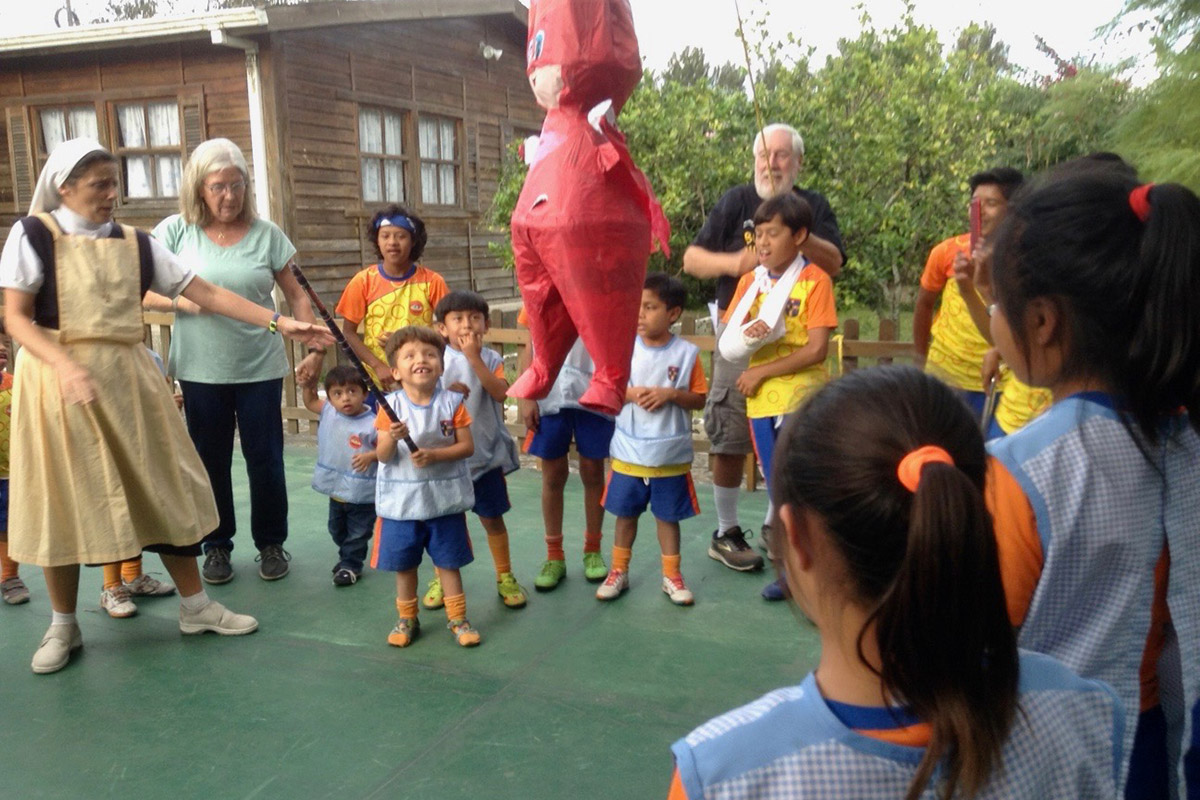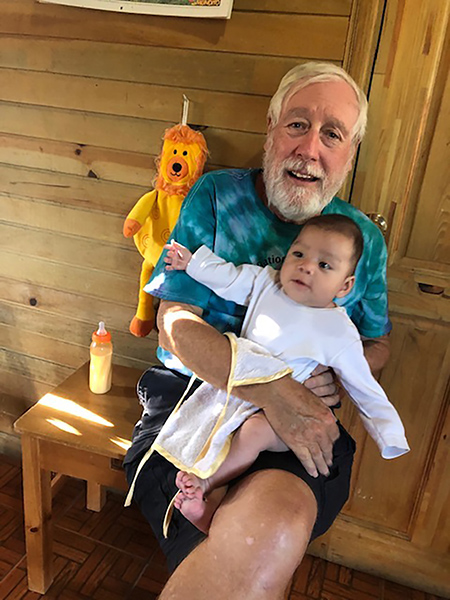What was your path to becoming a pioneer in prenatal diagnosis and intervention, fetal therapy, and reproductive genetics?
I decided late in my IIT matriculation to go to medical school and then late in medical school to pursue obstetrics and gynecology. In the early 1970s I did a postdoctoral fellowship in medical genetics at the
University of California San Francisco, where I was to stay my entire career. I had always been interested in laboratory research—my first publication was of work done during my last year at IIT—and an academic career was the natural outlet for my interests. Genetics and medical genetic knowledge were beginning to blossom, and UCSF was where much of the basic work was being done. The luck of having chosen genetics and UCSF was to be the making of my career.
Before you helped the children in Guatemala, you helped children in the womb as a researcher and physician. Please share some of your medical innovations.
I established the reproductive genetics unit at UCSF and started providing amniocentesis for prenatal diagnostic purposes. This was to expand to fetoscopy, fetal blood sampling, fetal liver and muscle biopsy for specific diagnoses, and then
chorionic villus sampling as an earlier way to determine the genetics of the fetus. In an effort to explore the possibilities of both medical and surgical fetal therapy for the affected fetuses, we organized the UCSF fetal therapy program. Over time, we were able to provide medical in utero therapy for a handful of fetal conditions, and were able to start exploring in utero surgical correction of some defects that would have led to a fetal or neonatal demise.
You were also involved in a project to decrease the amount of E. coli and parasites in Guatemalan drinking water. What is that about?
With another couple, my wife and I started a potable water project. The system consists of progressively smaller filters and ultraviolet light to kill any remaining organisms in the water. It can purify 15 gallons per minute and was installed in orphanages, hospitals, schools, and communities. After 12 successful installations, this project was put mainly in the hands of local engineers with us simply supplying the filters and UV bulbs.

